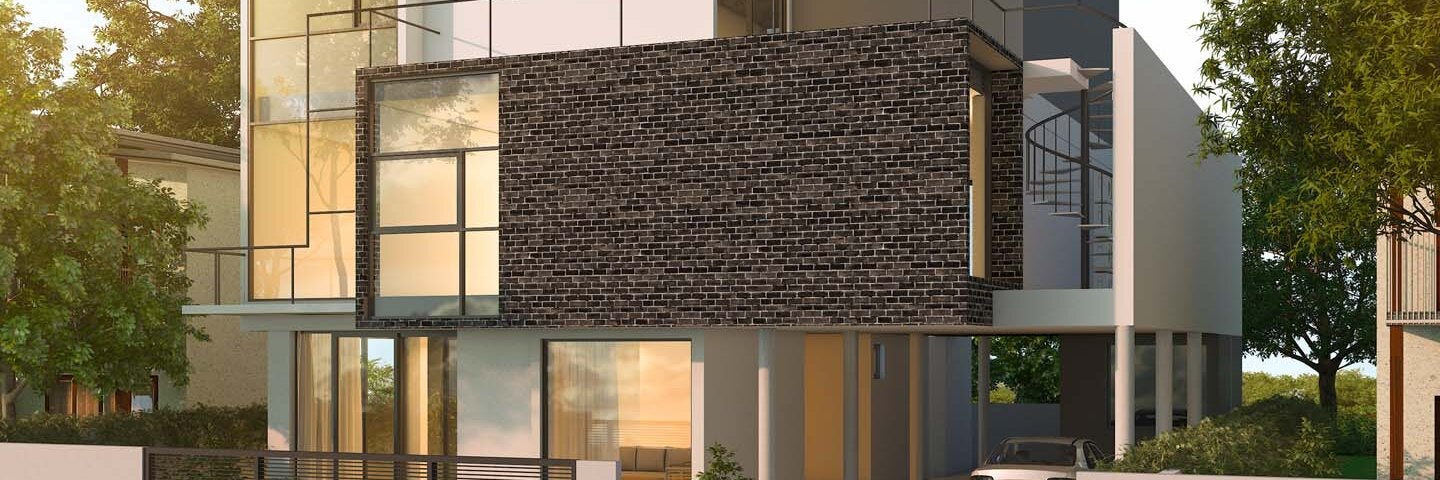Rhinoceros

Rhinoceros
Students develop a solid knowledge of 3D Modeling with Rhinoceros in the context of landscape representation.
Get More Info
What you can learn.
About This Course
This course explores new methods to conceive, create and represent landscape through the 3D modeling software Rhinoceros. Investigations during the course commence with visions of landscape surfaces and their manipulation. Further exploration covers objects, buildings, structures, follies and architecture that inhabit this landscape. Throughout these studies, students revisit and reconceive the relations between their landscape strategies, the things that inhabit them and how to represent them.
Spring 2026 Schedule
Students are required to use their personal computers each class with Rhino 8 software installed. A 90-day free trial of the software is available via McNeel.
Instructor does not help students install or download software.
Knowledge of Adobe Illustrator or other vector graphics software is required.
Internet access required.
This course applies toward the following programs

Landscape Architecture
Whether you want to design a national park, or a modest, water-efficient backyard, landscape architecture can give you the skills and abilities to change the places you live, work, and play for the better. The profession of landscape architecture is a multidisciplinary field that weaves together design, environmental systems, sustainability, construction knowledge—as well as land and water conservation—to influence place making, and to create designed outdoor living spaces.

